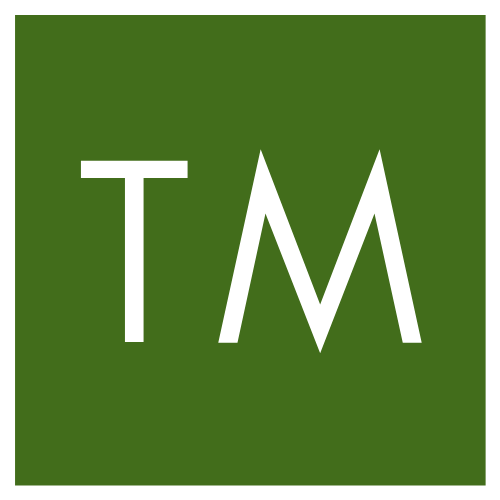The USPTO implemented a new rule in 2019 requiring foreign domiciled business to retain a licensed U.S. Trademark Attorney for the filing of trademark applications and other trademark matters before the USPTO.
The purpose of the new rule is to increase compliance with U.S. federal trademark laws, improve the accuracy of trademark submissions to the USPTO, and ultimately to safeguard the integrity of the U.S. trademark register.
The USPTO initiated the new rule in response to an uptick in inaccurate and suspicious trademark applications coming from abroad. There have also been issues with foreign individuals and entities engaging in the unauthorized practice of law by representing trademark applicants before the USPTO without the proper legal credentials. The new requirement is aimed at encouraging foreign-domiciled applicants to seek the advice of a trademark attorney licensed to practice in the U.S., and therefore the applicants are more likely to obtain registrations that comply with U.S. legal requirements.
If you are a foreign applicant or foreign business that needs a U.S. Trademark Attorney feel free to send us an email to schedule a free phone consultation.






